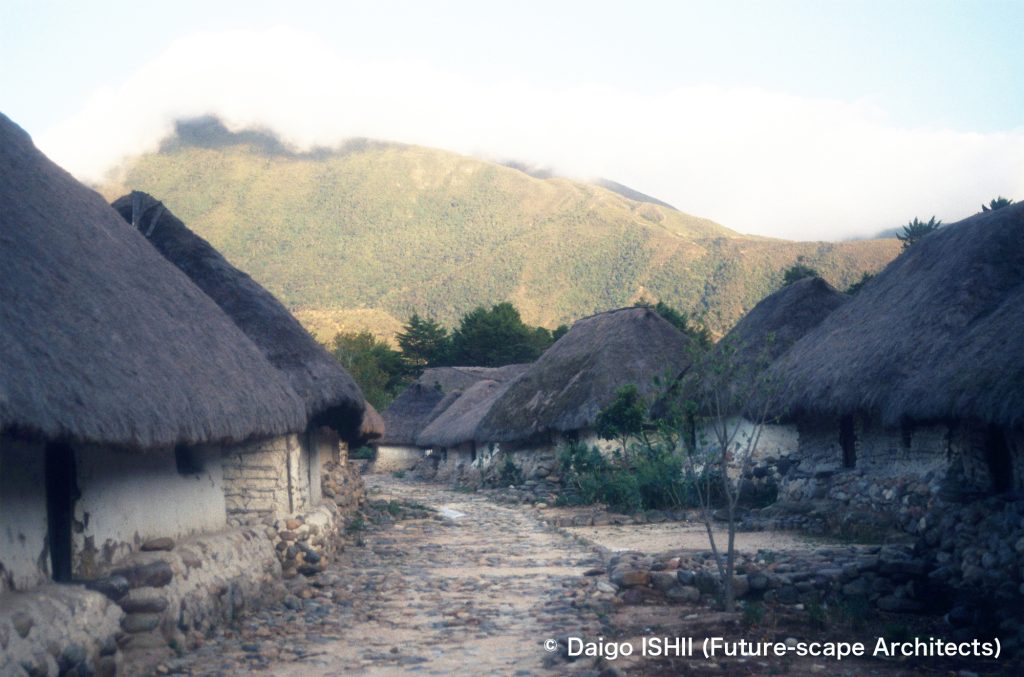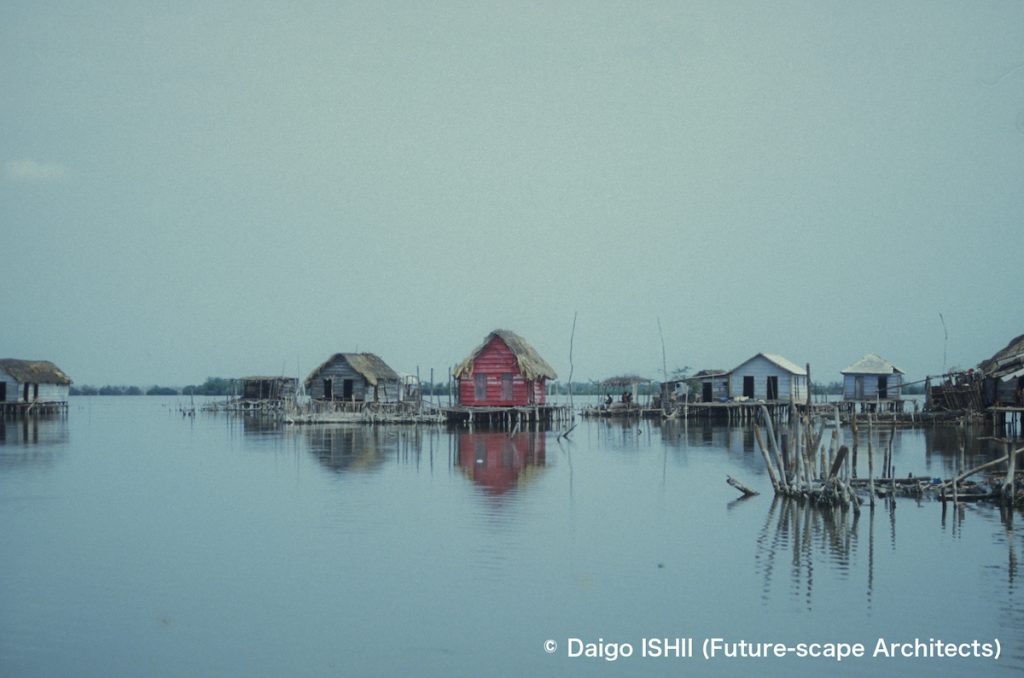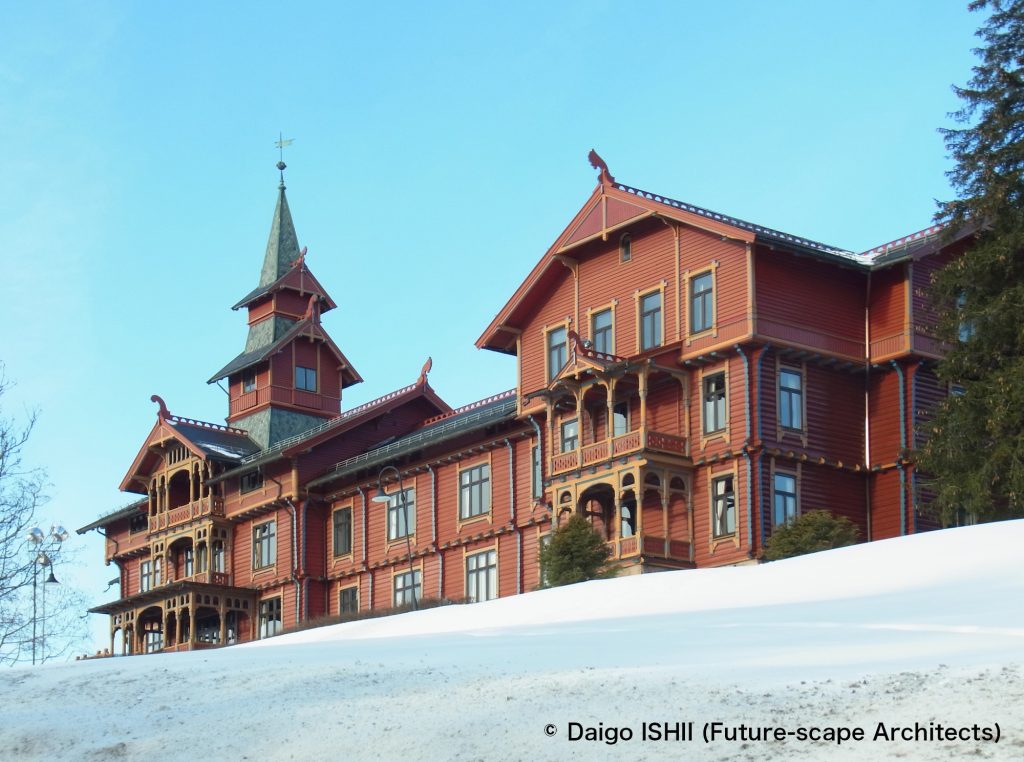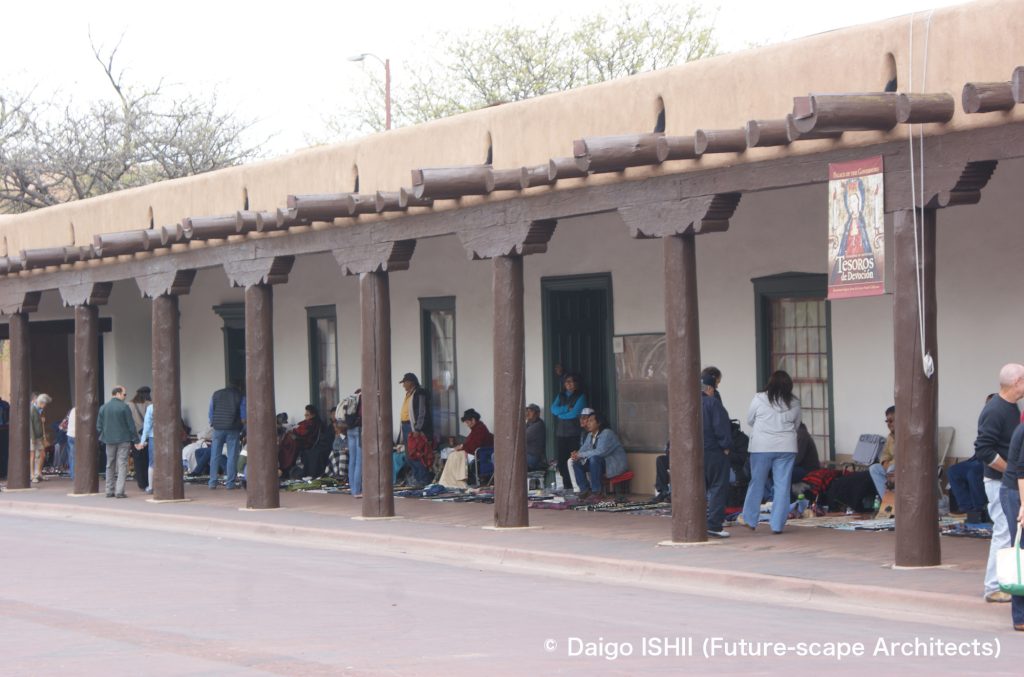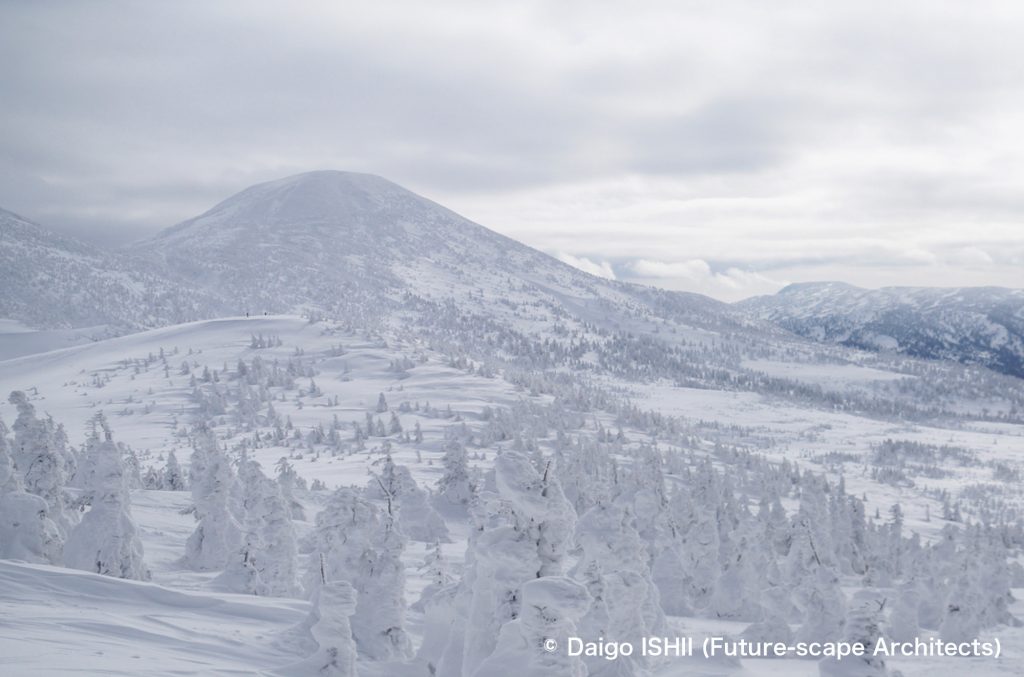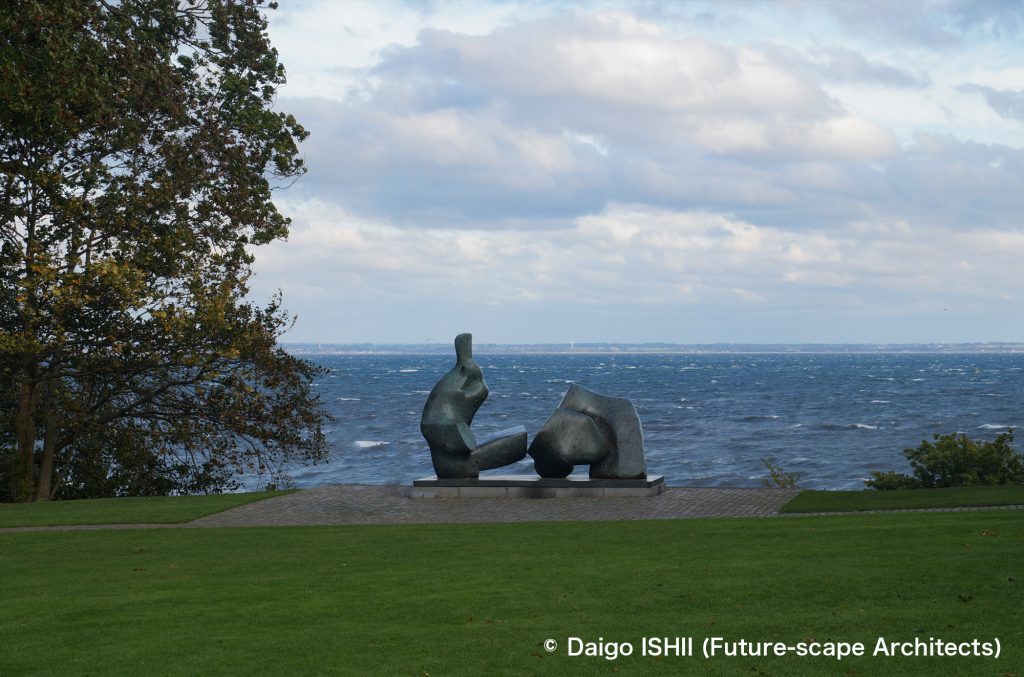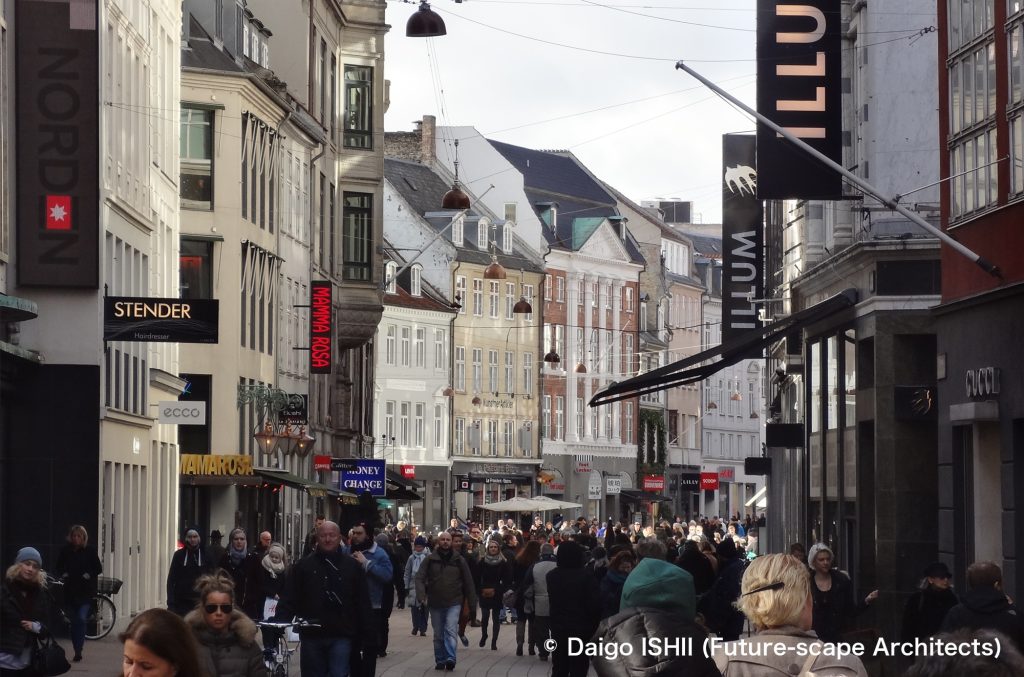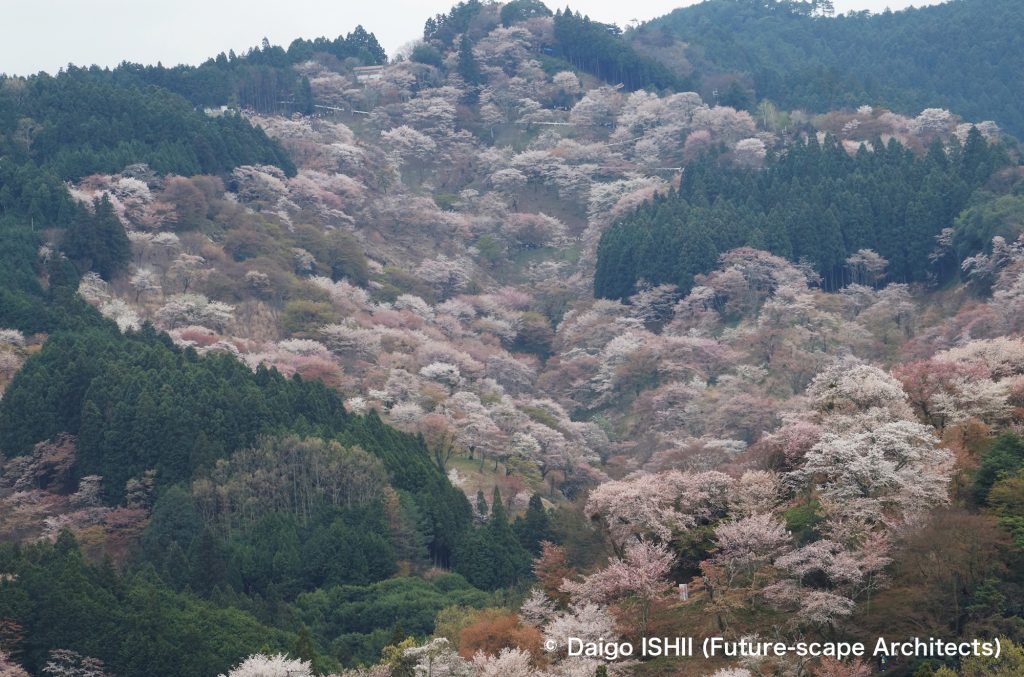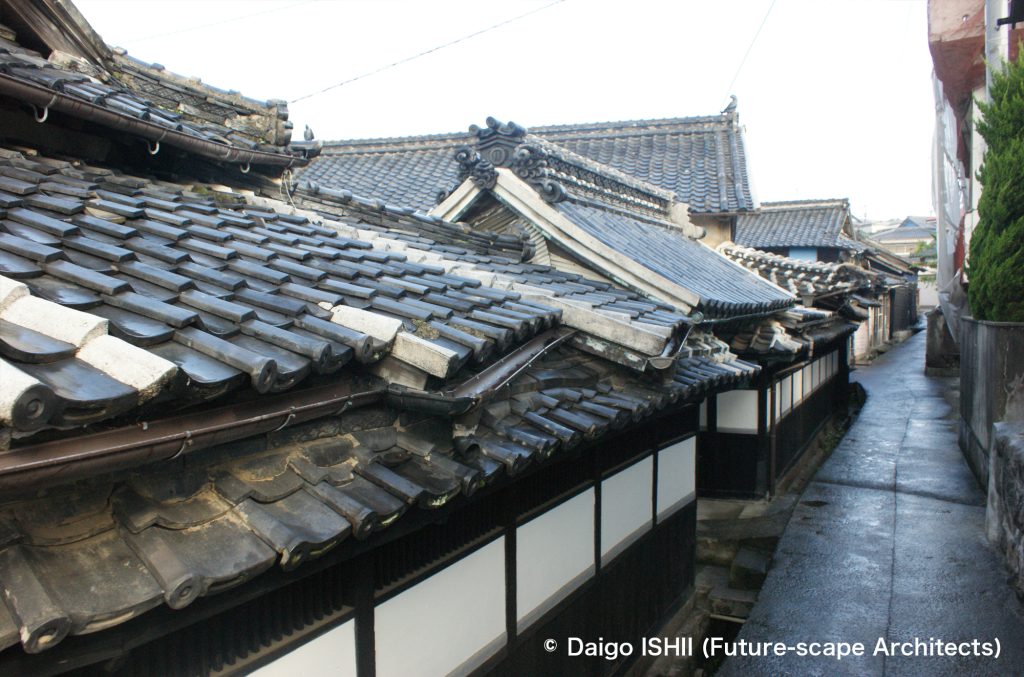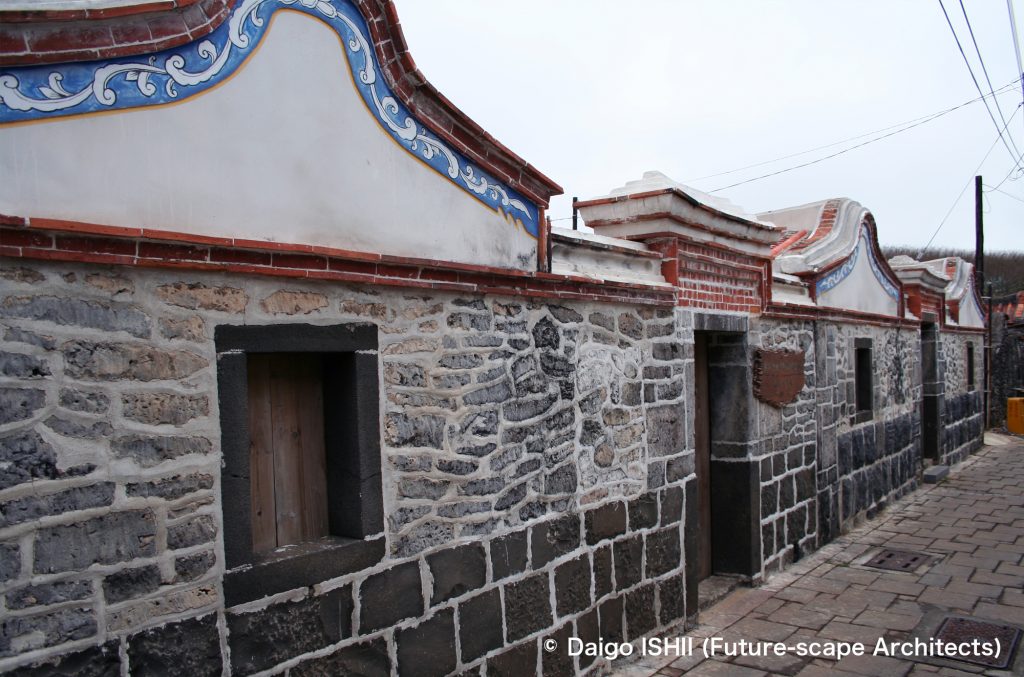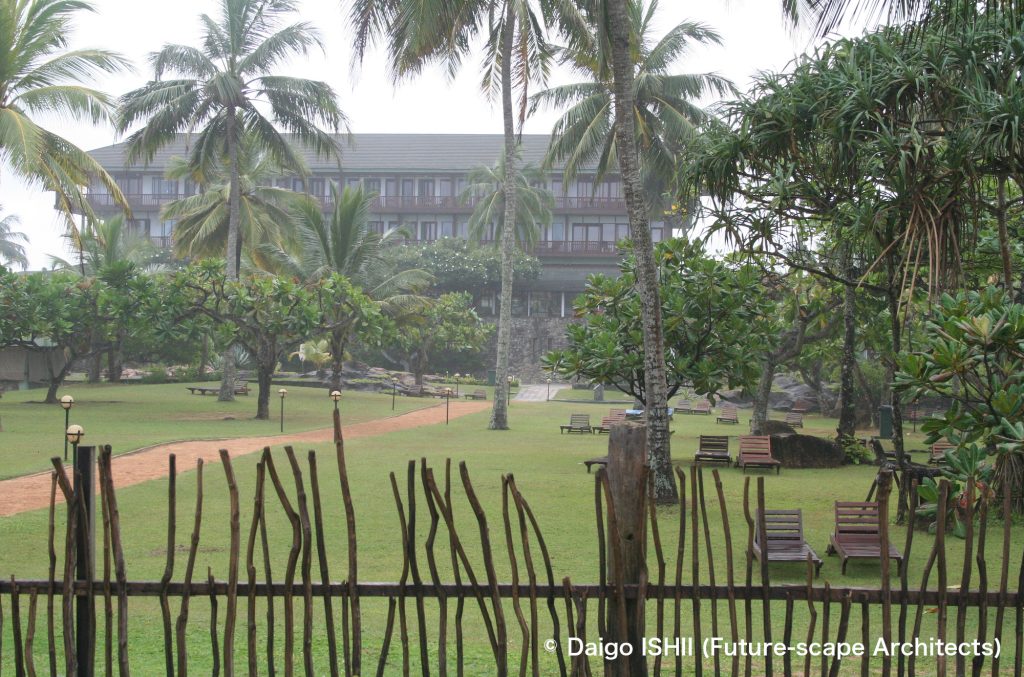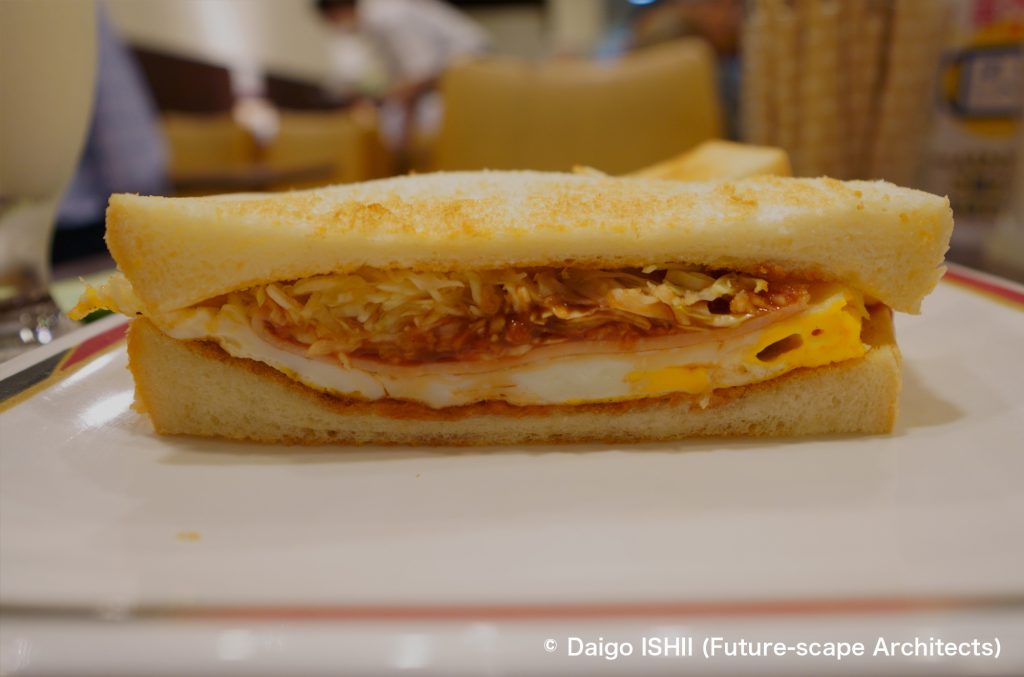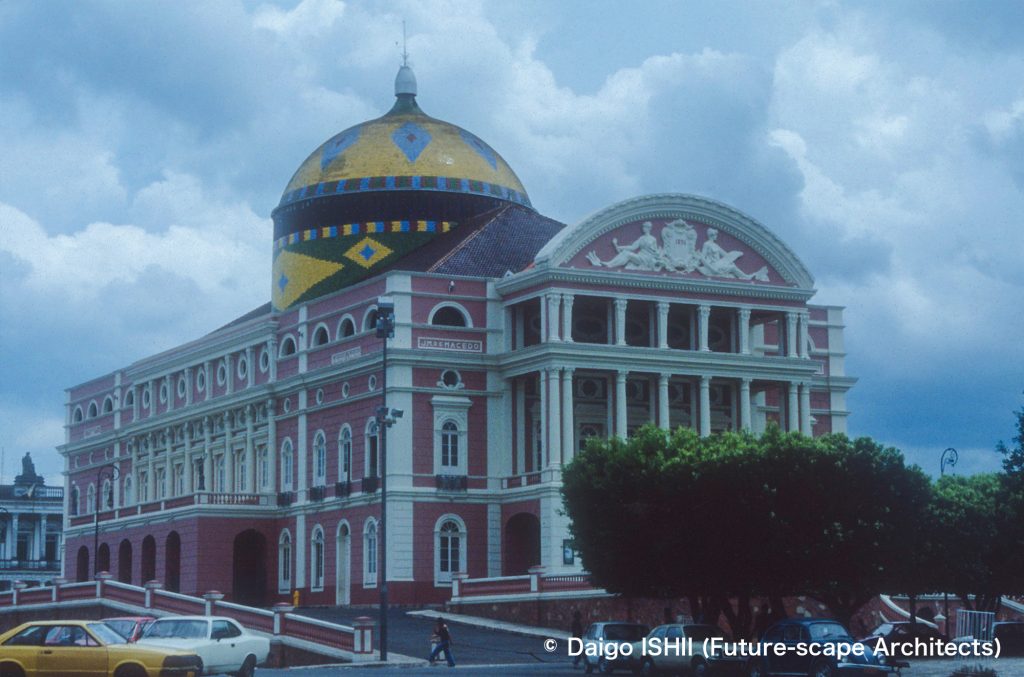The northern slopes of the Sierra Nevada de Santa Malta Mountains are the area where the Koguis live.
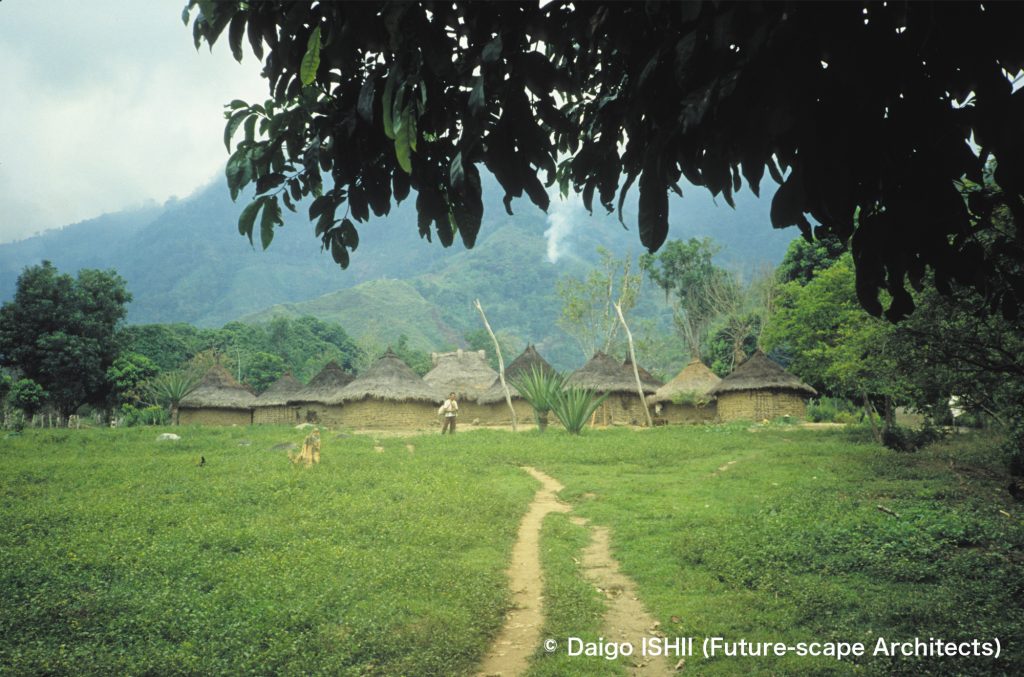
"Your Spanish isn't good, so I can't permit you to go any further," said the deputy chief of super twink on the back of a white horse. It was the morning on the 4th day. It didn't matter what the reason was.
I was in the Koguis village, Tabiaca, on the northern slopes of the Sierra Nevada de Santa Malta Mountains. It was the first village after a 1.5-day walk from the mountain foot and a 7-hour walk from the last pioneer's house, walking up and down the mountain path. I stayed there to get permission to go to the innermost village, half imprisoned except a short walk to a nearby village.
On the 1st day, I made a little communication with locals, but as the days went by, most came to avoid me. I decided to go away and put origamis as a gift outside the hut I stayed in. For a while, torn origamis were thrown into the hut, and children ran away. It was their answer.
"Closed community" was a faint scream, will, and power. Near Tabiaka was a small school, and I heard salsa at a faint sound. Seven hours of distance, traditional life, and a stubborn attitude were their way against the civilization. That was in 1991.
In 2008, the government built an emergency road from the mountain foot to the school as a contact point. It was for the education and vaccination of children. Beyond here, only a mountain path still continues. Looking at Google Maps, the village that was located near the end of the road and where I was imprisoned disappeared unexpectedly.
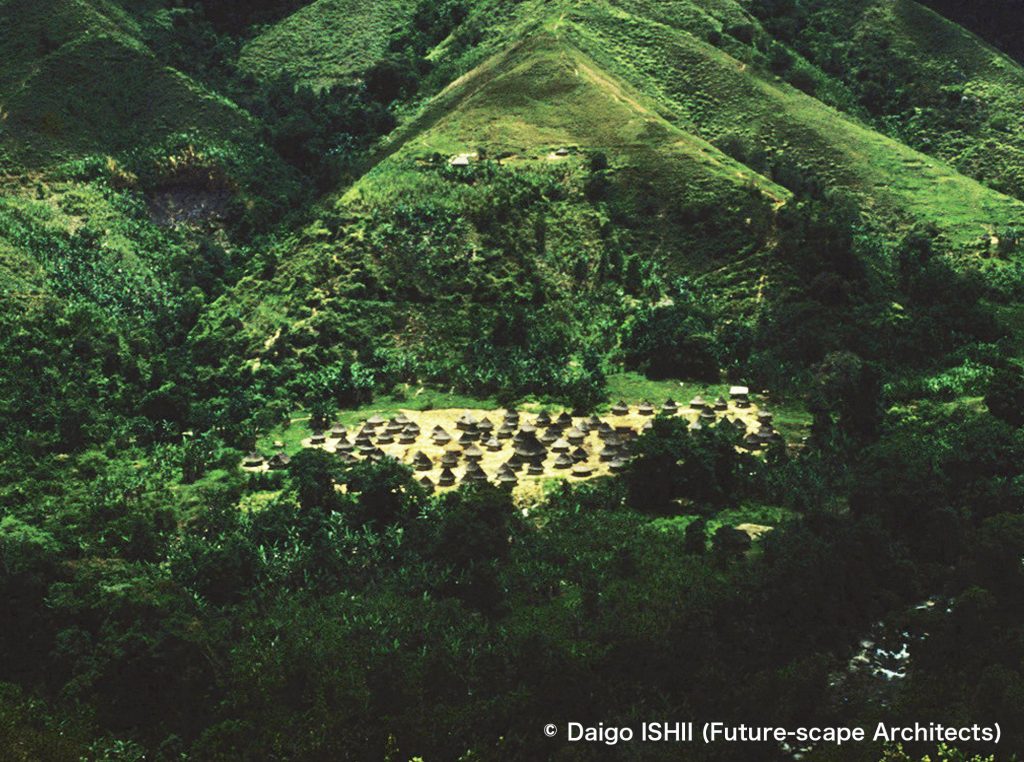
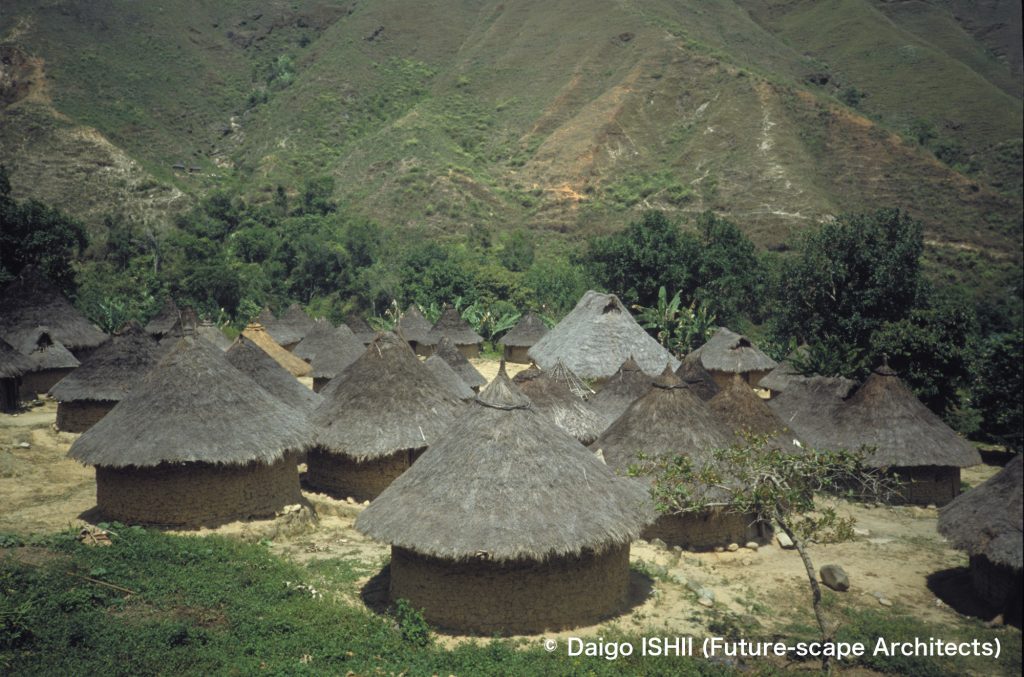
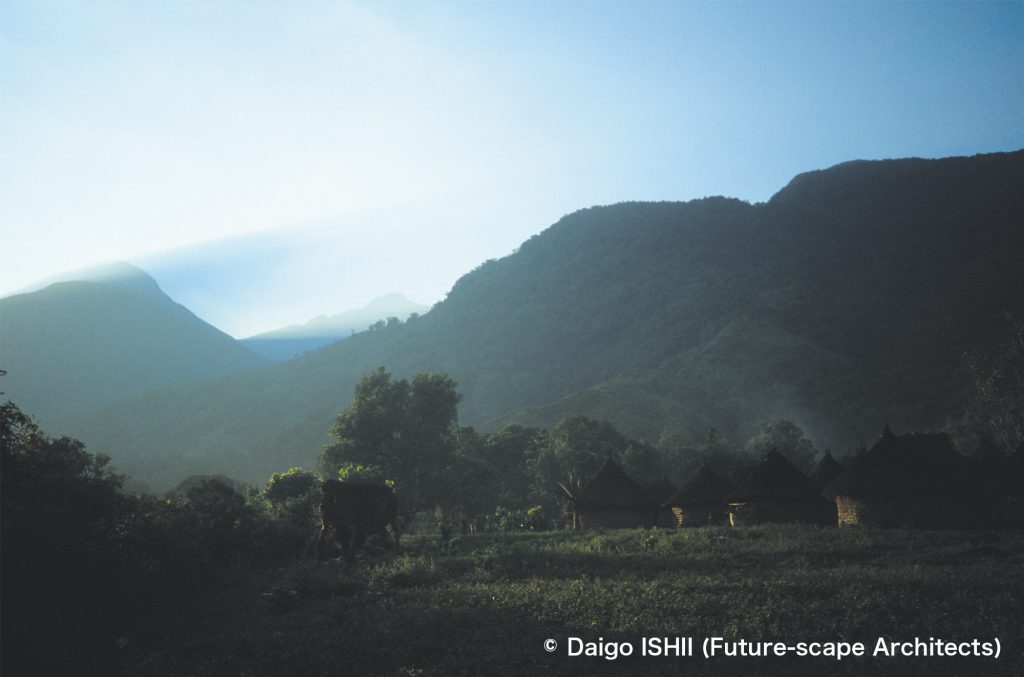
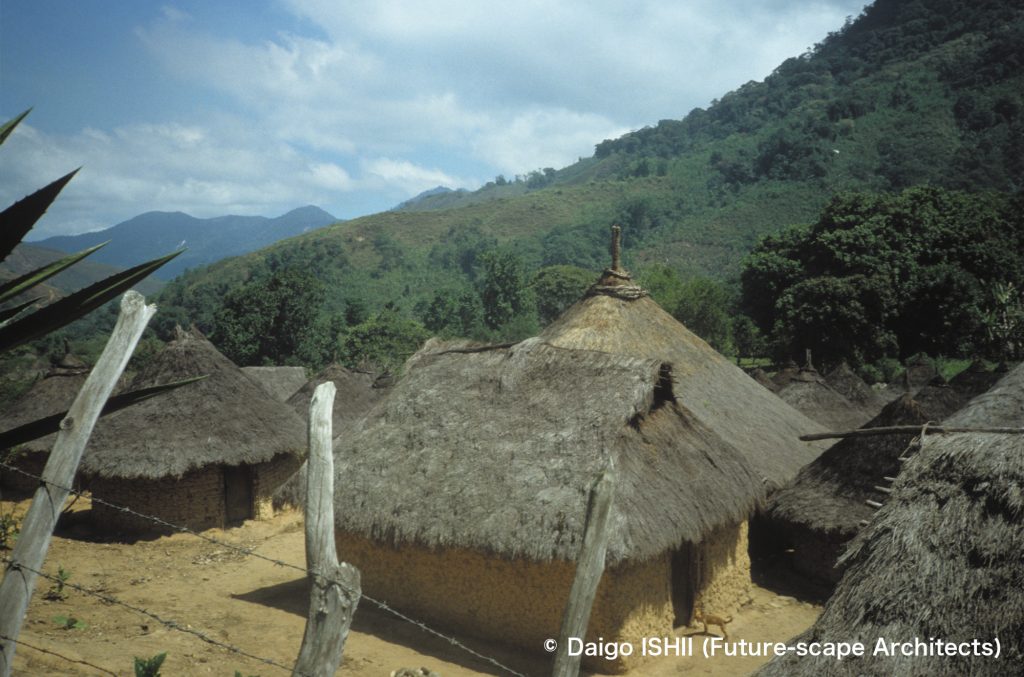
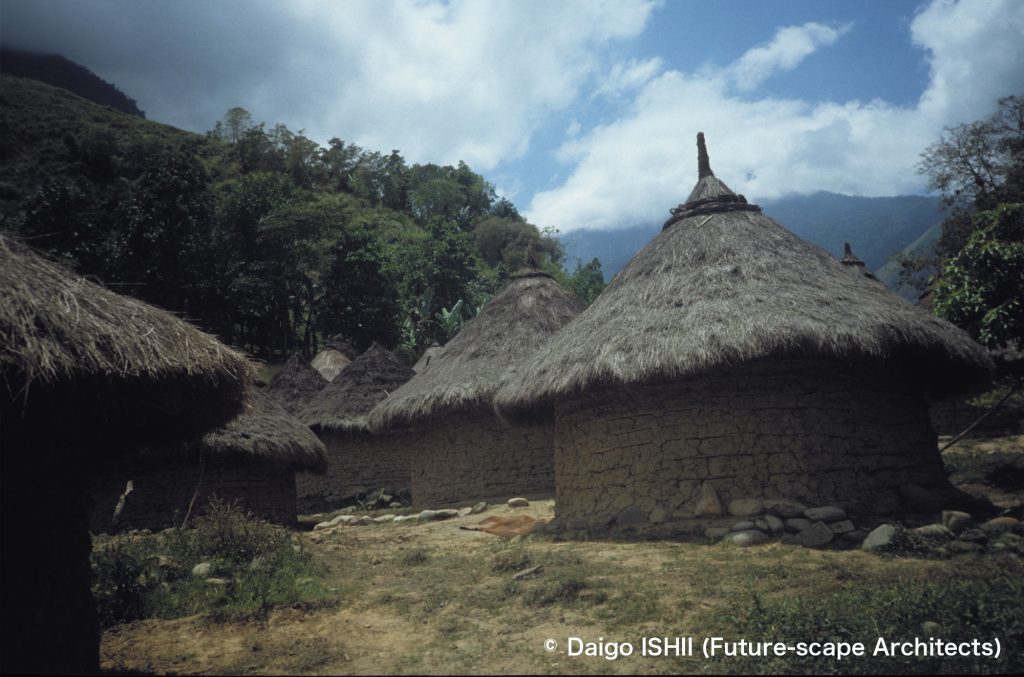
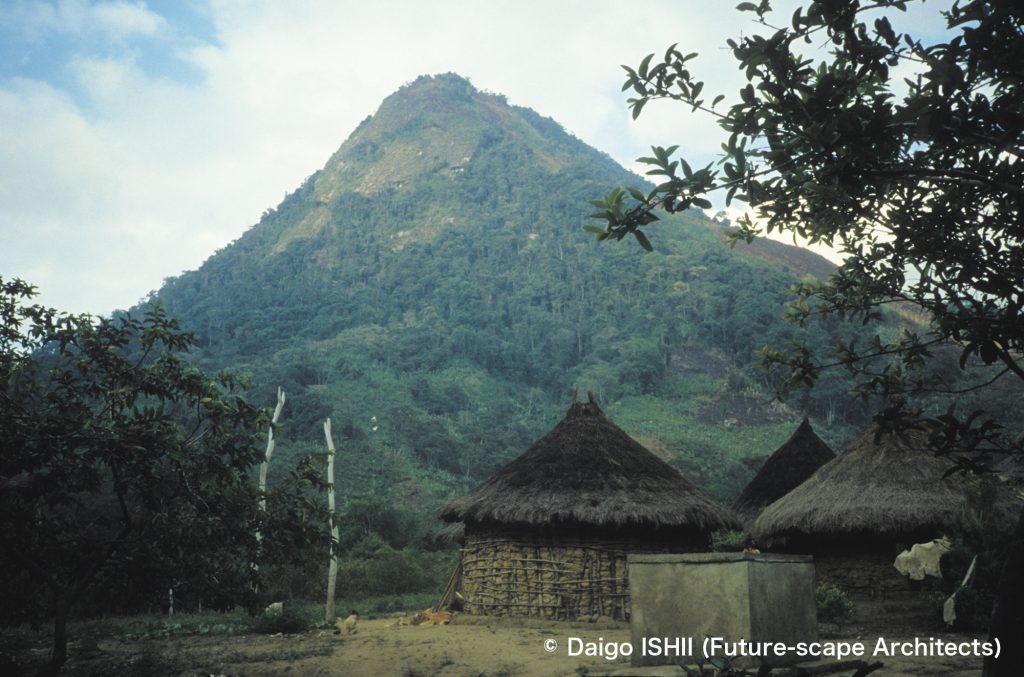
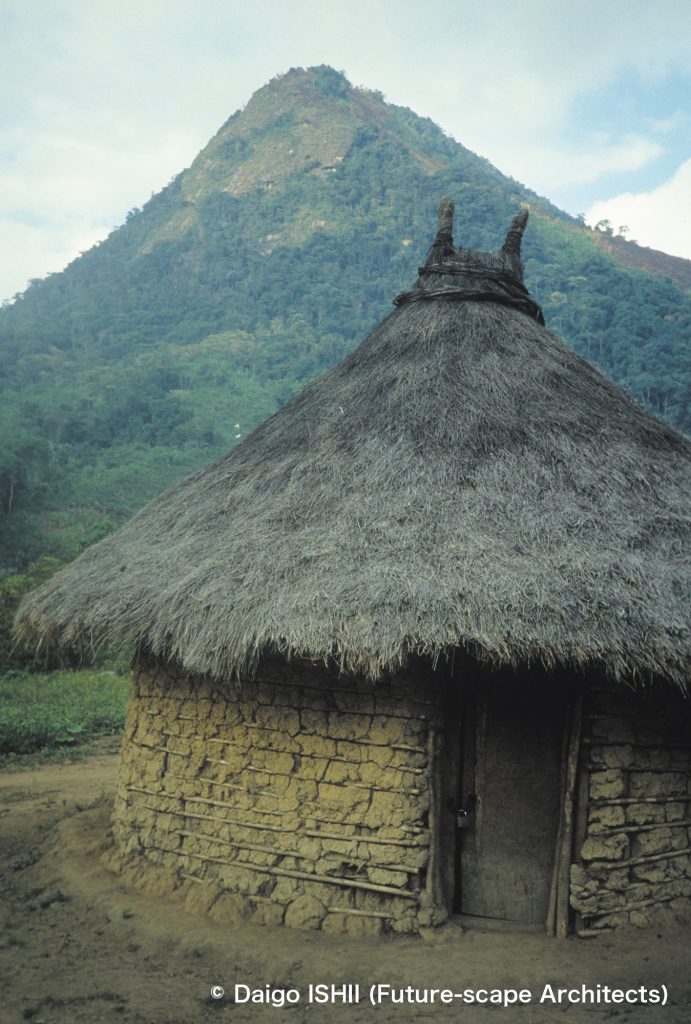
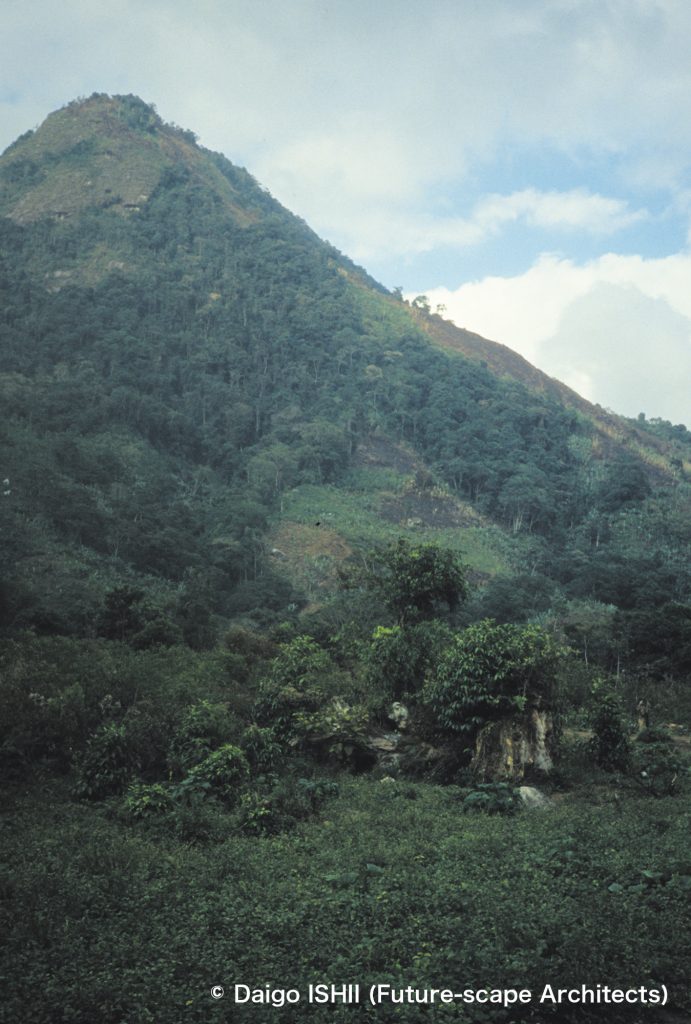
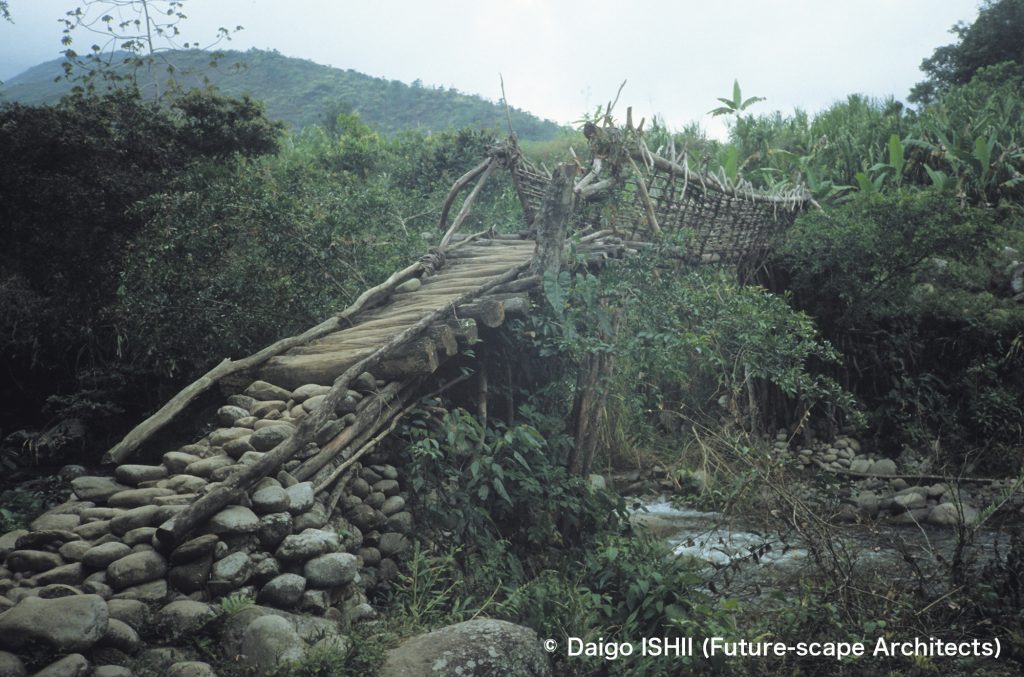
Click here for your impressions
幽閉された集落の隣にあり、散策で訪れた集落サン・アントニオ / San Antonio village which was located next to the imprisoned village Tabiaka.
reference
"Dumingueka es el nuevo pueblo de los Kogui" (El tiempo 2008/07/18)
"旅のチカラ"(石井大五,新建築住宅特集2006年1月号,新建築社)
Wikipedia
Please do not use or upload our photos without permission.




